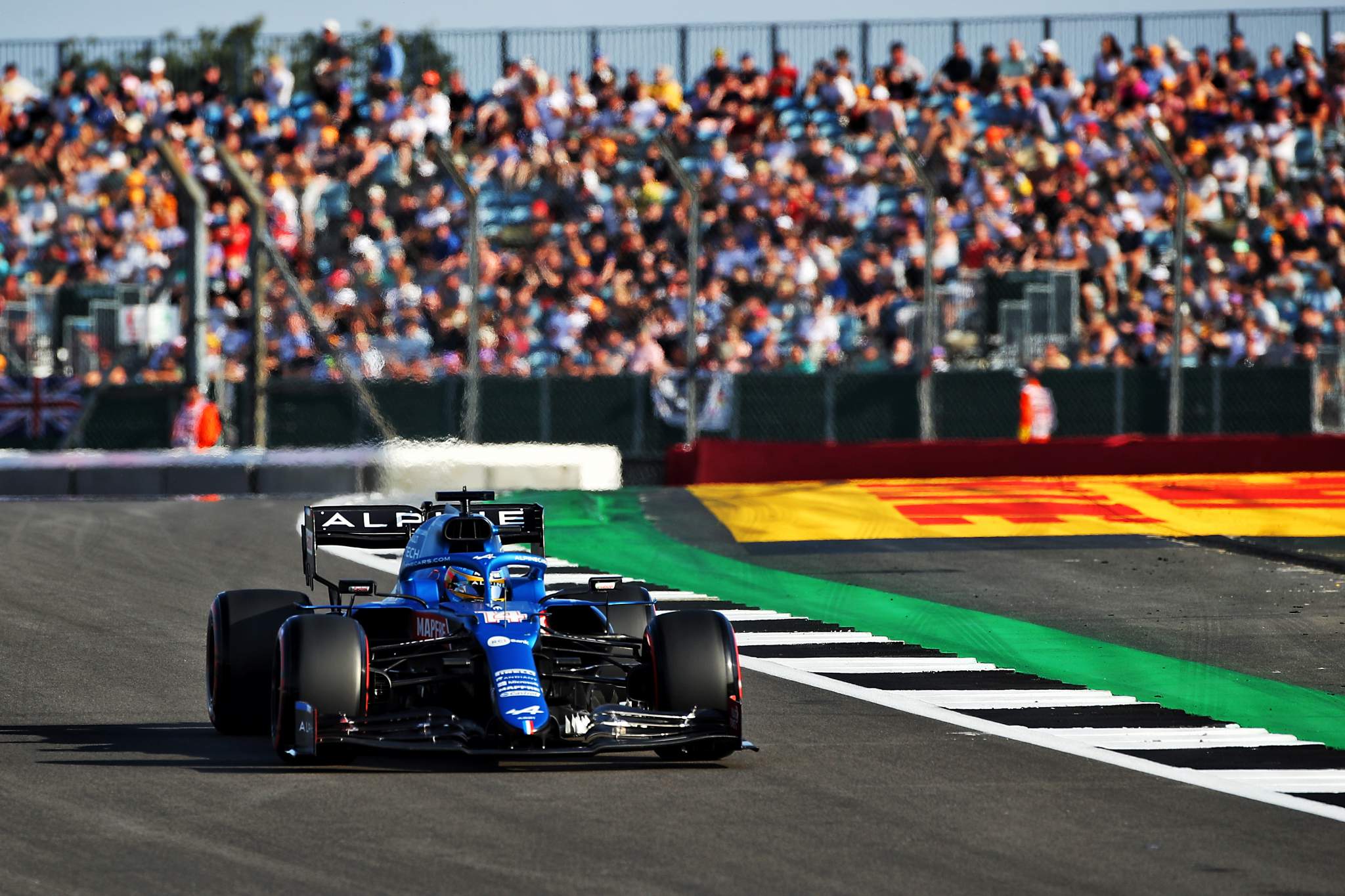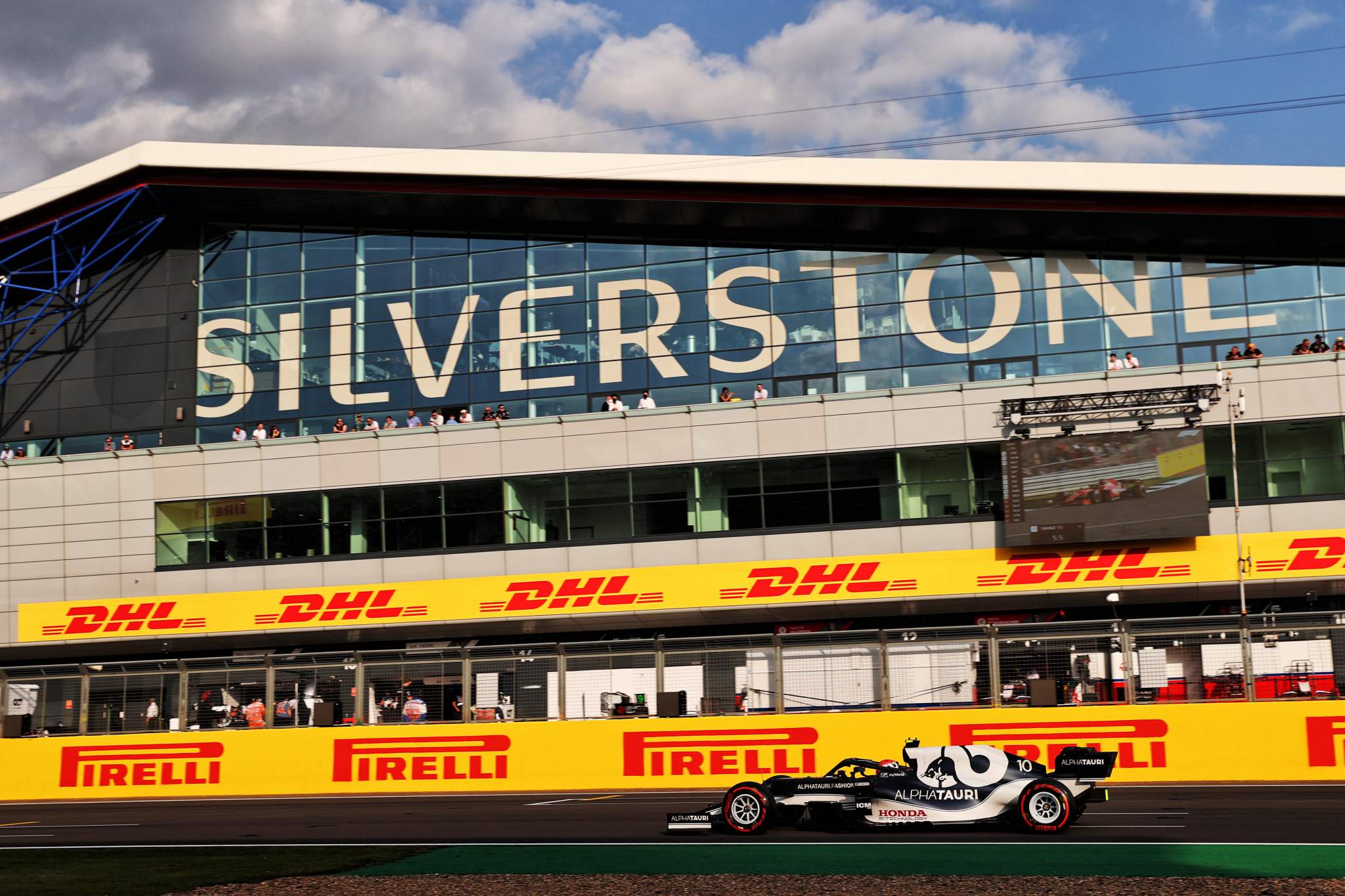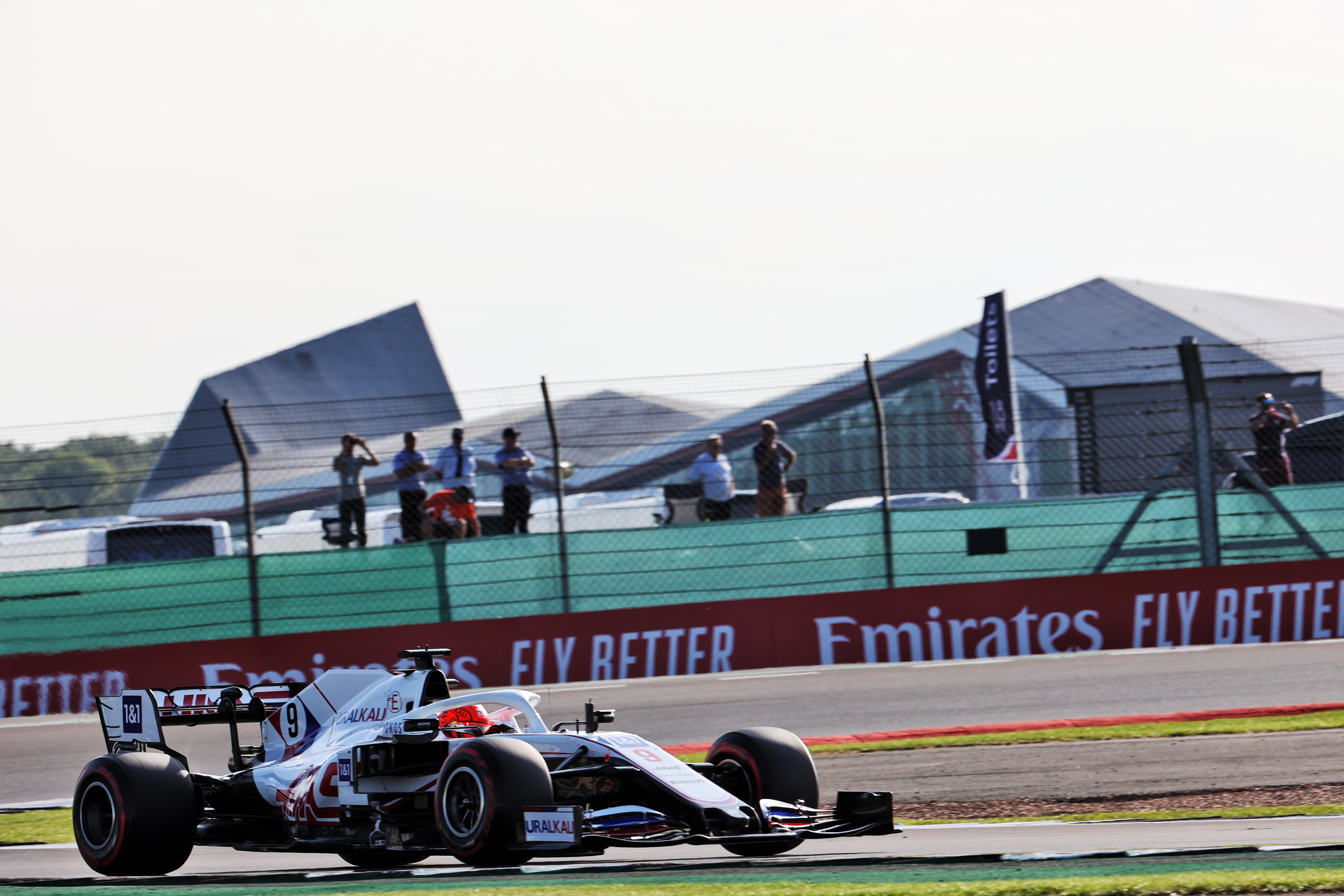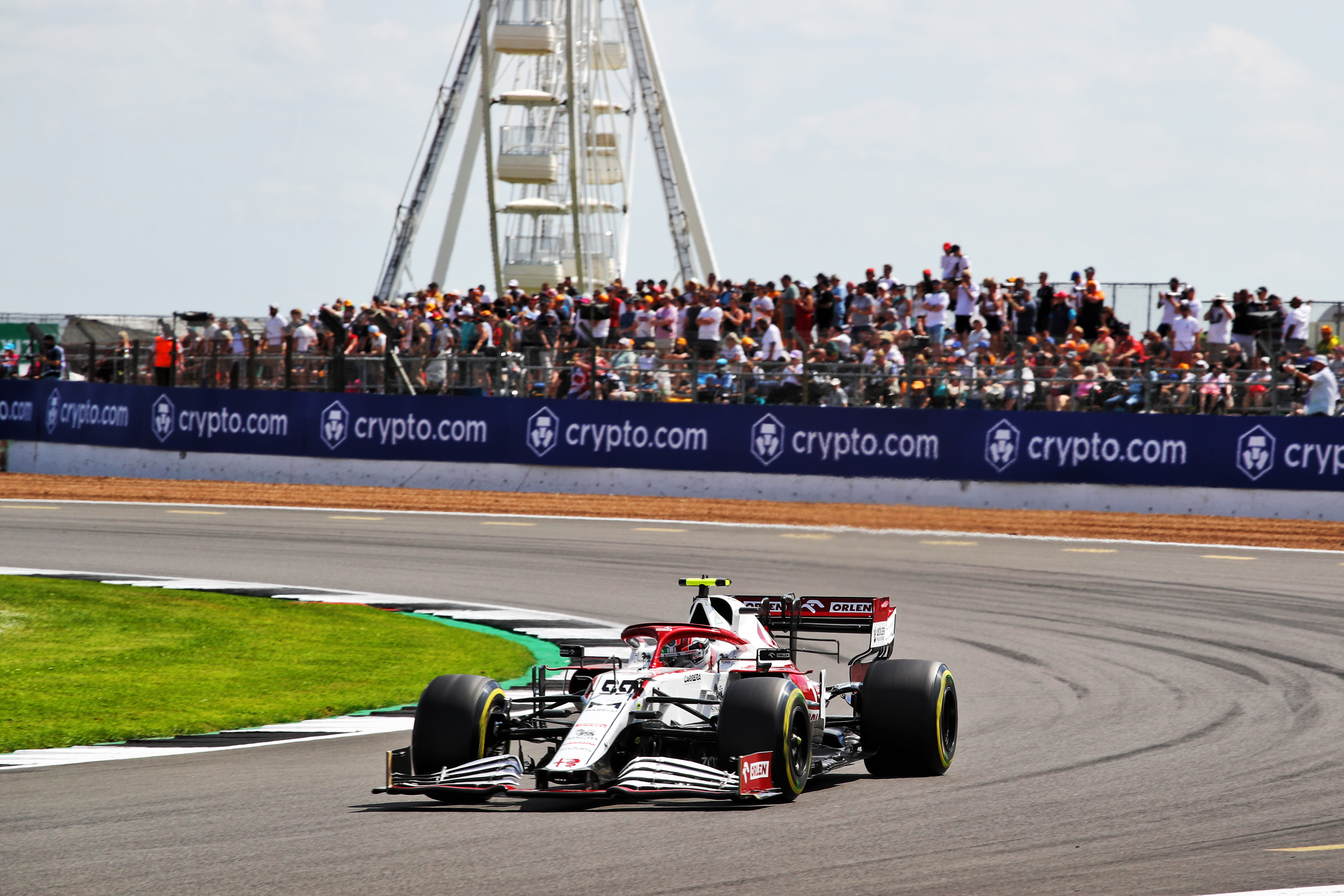Up Next

The big question heading into Formula 1’s inaugural sprint race, officially called a ‘sprint qualifying session’, is how aggressive drivers will be in trying to make up positions given the stakes are far lower than for the grand prix itself.
Only the top three drivers will score points, awarded on the basis of three points for the winner, two for second and one for third, meaning that for the majority of the runners it’s solely about grid position.
Effectively, this is an extra 17-lap stint bolted on to the front of the race with the medium Pirellis expected to be the tyre of choice and the general feeling among teams and drivers is that the risk v reward equation favours conservatism even though any gains made today will translate into potential tangible gains in the grand prix.
Alpine driver Fernando Alonso, speaking on Thursday, summed it up best when he indicated that it’s likely drivers will perhaps take fewer risks than in the grand prix itself.
“You need to risk, yes, you need to take every opportunity and make some places, yes, but at the same time with a bigger margin maybe than from the proper race on Sunday because it’s just a preparation,” said Alonso.

But Alonso said that before he qualified 11th, meaning he has a higher incentive to make up positions than had he put his Alpine on the third row. Given he was the driver who made up the most places in the two-lap ‘Mini Prix’ after the red flag in Baku, climbing from 10th to sixth, he has to be one of the drivers to watch at the start.
It’s important to define what we mean by risk versus reward. It’s not a simple equation, but every driver needs to weigh up the prospects of an attacking move or robust defences paying off versus the potential losses.
For a driver who has qualified strongly, let’s say fourth-placed Charles Leclerc, while he will take a safe opportunity to take third it would be illogical to launch a high-risk move that could potentially drop him to the back of the grid.
In a race, that risk might be weighed up a little differently given it would be a three-point, rather than a one-point, gain available. But for team-mate Carlos Sainz down in ninth, he can perhaps afford to be fractionally more aggressive – although you might be talking only a tiny difference and he cannot afford to be gung-ho, so we’re talking about a very subtle effect.
For Lewis Hamilton on pole position, it’s all about consolidation. He needs to stay where he is, while behind him Max Verstappen has the incentive of a two-point swing in his favour and pole position for the grand prix.
“You try to win it,” said Verstappen. “It’s three points you can gain so you definitely try to win it even though of course you know that the Sunday is the most important race.”
The first lap of the race will offer Verstappen his best opportunity, as is the case for the rest of the cars behind him. But all will have to remember there is another first lap on which to make gains tomorrow.
Another driver who, like Hamilton, would be happy to stay put is George Russell in eighth on the grid.
While he will take place gains if they present themselves, his stellar qualifying performances for Williams have generally put him into race situations where he is fighting gravity so it is a case of consolidation for him.
The obvious contenders to be aggressive are those who are out of position. AlphaTauri had a disappointing qualifying session with Pierre Gasly 12th and Yuki Tsunoda 16th. That means both drivers have to be aggressive in the sprint race.

That doesn’t mean mindless attacking, but for Tsunoda in particular it’s worth taking a few qualified risks to pick up places.
“If we qualified sixth, that’s one thing, but we haven’t so we’ve got to be aggressive,” said AlphaTauri technical director Jody Egginton.
“The race is too short, we’ve got to get on with it. We won’t be reckless but the view is to secure better positions for the race on Sunday.”
The one potential area of interest would be drivers towards the back perhaps stopping for fresh soft rubber in the case of a well-timed safety car in order to go on the track. But even then, it’s a long-shot and would require the timing to be right.
Even for team that has both cars on the back row and therefore nothing to lose but everything to gain, Haas, has little opportunity to try anything.
“We don’t plan a pitstop so intend to do it on one set of tyres, so in that sense strategic opportunity is not really there” says chief race engineer Ayao Komatsu.

“But even for 17 laps, depending on the track temperature and the car you have, you may have to manage the tyres a little bit and some will be able to pus all the way through. We’ve got to get that balance right.
“And then fuel wise it’s much lighter than Sunday. So that fuel load difference means the car balance is different and the tyre use is different. In the sprint qualifying itself, I don’t think there’s a lot of opportunity because there’s no strategy to manoeuvre yourself.”
It stands to reason that Haas pairing Mick Schumacher and Nikita Mazepin have the least to lose from a starting position perspective so they might be tempted to be ultra-attacking on the first lap. But counting against that is the potential cost of needless accident damage.
“I wouldn’t say more risk,” said Schumacher. “Obviously, we have to think about budget as well so we don’t want to go in with the knife between our teeth and go crazy into Turn 1 or Turn 3.”
So what are we likely to see? Chances are, the first lap will be relatively normal with drivers looking to take what places they can. The early corners are such dynamic and fluid situations that drivers have little say in what opportunities might open up, so it would be no surprise to see incidents at the Turn 3 right-hander in particular.
After that, it does risk being a relatively processional race, especially for those stuck in DRS trains. But the DRS does also offer the possibility of some very straightforward, low-risk passes that offer negligible risk, which drivers will obviously commit to.
“The strategy is quite simple I think,” said Alfa Romeo’s Antonio Giovinazzi. “We need to try and get some position and then think about the Sunday.

“Not take too much risk. I think it will be difficult to overtake. There will be no pitstops so I think what you can gain in the first lap then is good for the rest of the race.”
One factor that does play in favour of some attacking racing is that the sprint is to very set parameters. While there’s a need during the first stint of a grand prix to preserve your tyre resources for strategic flexibility and to ensure you have some grip left in case of an important in-lap, there’s no such concerns in the sprint.
Given drivers know it’s a straightforward, 17-lap dash, the variations are more restricted meaning it will be easier to burn up grip and fuel resources in a more linear manner. There’s no need to hold anything in reserve in case there is a lap 18 and beyond.
But we must also remember that drivers must also factor in the expected level of risk of opponents into their thinking. That might mean that a high-risk move is more likely to pay off for you if your rival is conservative, which could result in more aggression in some quarters.
And if you know that your opponent knows you have less to lose, might they be even more conservative in battle and allow you to turn a risky pass into an easy one?
And, of course, as Ross Brawn has suggested, racing drivers are racing drivers. They might go in with the intention of taking a lower-risk approach, but once out there with grid positions to gain, it could be very different










